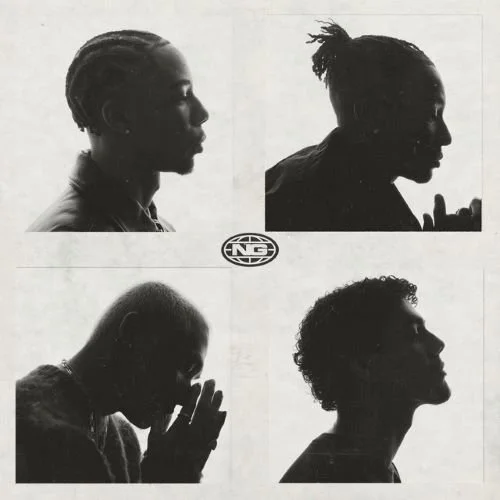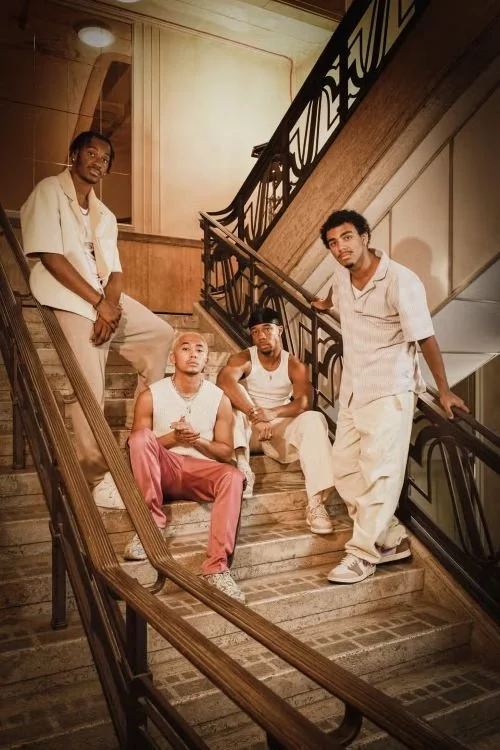I will come to some interviews with the iconic DJ Paulette now. Before coming right up to date, let’s head back a bit. To last year and Ban Ban Ton Ton’s interview. There are some really interesting exchanges and answers that opened my eye:
“You’re from the magnificent city of Manchester. What are the things that you love about your hometown? What are the characteristics of a good Mancunian?
A good Mancunian doesn’t need the sunshine to be happy – we lap it up when it comes though. Manchester people are the best in the world. You can talk to anyone anywhere here – it’s not considered weird – and we happily engage in the conversation. Manchester people are open, helpful, really good listeners and if we can’t help you we can put you in touch with someone who can. Humble mavericks. Rule breakers… and we have a naughty sense of humour too.
Who are the icons from your city in your opinion?
There are so many, old and new: Anthony H Wilson, Marcus Rashford, Emmeline and Christobel Pankhurst, Maxine Peake, ANZ, Afrodeutsche, Andy Burnham – he’s from Warrington but he’s an honorary Manc, Marie Stopes, Rowetta, Diane Modahl, Alex Ferguson, Caroline Aherne, Victoria Wood, Lemn Sissay, Sacha Lord…
Where were your first gigs? What kind of music were you playing? Who were the DJs you looked up to back then?
My first DJ gig was at the Number 1 club on Central Street in Manchester. I was heavily influenced by a Manchester DJ called Tim Lennox, who was the resident DJ at the club when I was a dancer there. I played a mixture of everything – disco, rare groove, soul, funk, house, early techno, from the likes of Evelyn ‘Champagne’ King, Gwen McCrae, Larry Heard, Kevin Saunderson, Marshall Jefferson, Earth Wind and Fire, James Brown, Salsoul, Prince, The Jacksons. Anything that sounded good together went into those long sets.
You were awarded a DJ Mag’s Top 100 Lifetime Achievement Award – sincere congratulations for that Paulette! What did that that feel like? Your people must be pretty proud.
It was indeed a very proud moment for me. At first I thought they were asking me to vote for the category, or asking my advice on who the winner should be. When I read that I’d been nominated as the winner I honestly didn’t believe it. I slammed my laptop shut and hid in the dressing room I was that triggered. I didn’t think it was real. I had to read the email about five times before it fully sunk in.
As a strong woman in music, do you feel that the male-dominated tide is finally turning? What has changed? What still needs to change?
Yes I can confidently say that things are changing. There are way more women in the business now than ever before, both in front of and behind the scenes, but we are still relatively outnumbered. It’s great to see people like Jaguar and Jamz Supernova making huge strides, whilst people like Annie Mac and Honey Dijon are icons and shining beacons for us all. We need more women and non-binary people throughout the chain, but these changes do not happen overnight. It’s a case of baby steps. Applause. Then more baby steps until we get to a fully balanced, diverse, safe, and equally paid environment. It is great though and it gives me a massive buzz every day to see women smashing it better than men and on the daily. It gives me hope”.




































































































